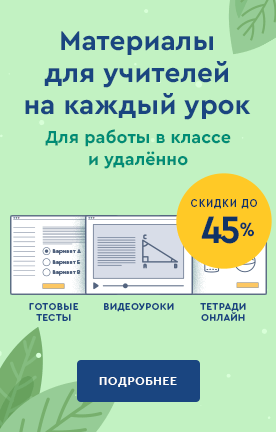How effectively use of authentic reading materials in the classroom during the English lessons.
Создайте Ваш сайт учителя Курсы ПК и ППК Видеоуроки Олимпиады Вебинары для учителей
How effectively use of authentic reading materials in the classroom during the English lesson
Вы уже знаете о суперспособностях современного учителя?
Тратить минимум сил на подготовку и проведение уроков.
Быстро и объективно проверять знания учащихся.
Сделать изучение нового материала максимально понятным.
Избавить себя от подбора заданий и их проверки после уроков.
Наладить дисциплину на своих уроках.
Получить возможность работать творчески.
Просмотр содержимого документа
«How effectively use of authentic reading materials in the classroom during the English lesson»
Скачать
How effectively use of authentic reading materials in the classroom during the English lesson
How effectively use of authentic reading materials in the classroom during the English lesson
Полезное для учителя
Распродажа видеоуроков!
1440 руб.
2220 руб.
1460 руб.
2240 руб.
1370 руб.
2110 руб.
1440 руб.
2220 руб.
Курсы ПК и ППК для учителей!
2760 руб.
13800 руб.
800 руб.
4000 руб.
800 руб.
4000 руб.
800 руб.
4000 руб.
ПОЛУЧИТЕ СВИДЕТЕЛЬСТВО МГНОВЕННО
* Свидетельство о публикации выдается БЕСПЛАТНО, СРАЗУ же после добавления Вами Вашей работы на сайт
Удобный поиск материалов для учителей
Проверка свидетельства




















